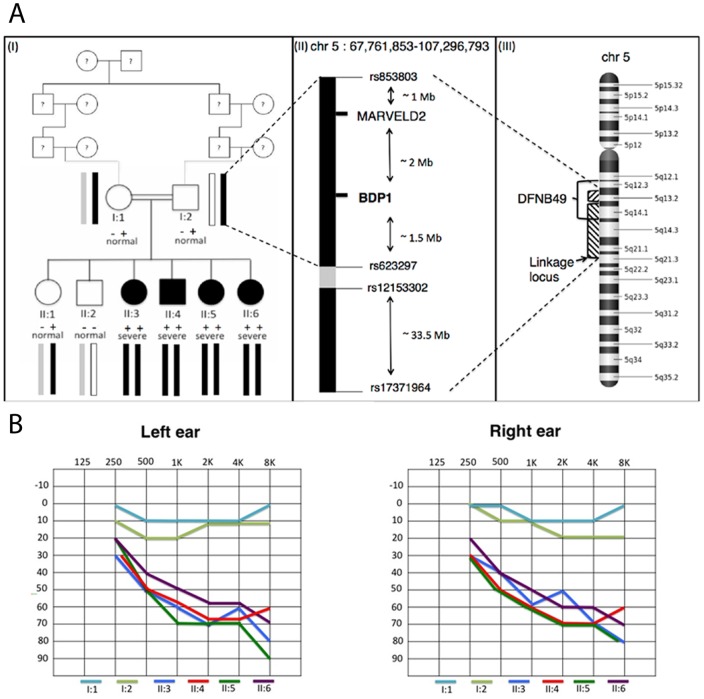Figure 1. Pedigree and clinical features of the family.
AI, Pedigree of the Qatari family carrying the p.*2625Gluext*11 mutation in BDP1 gene. Filled symbols represent affected individuals. Double bars indicate the consanguinity of the family. −−: homozygous wild type status, +− heterozygous status, ++ homozygous mutated status. Severe: severe clinical phenotype. Normal: normal hearing function. The haplotypes segregating with the disease and containing a region of 4.5Mb surrounding BDP1 gene have been shown for each subject. AII, The markers (rs853803-rs17371964) defining the whole linkage region and the mutual positions of BDP1 and MARVELD2 genes are shown in the Figure. Black bars represent the two linkage peaks (LOD score = 3.8) separated by the grey bar with negative LOD score. AIII, The DFNB49 locus (bracket) on chromosome 5 overlapping the linkage region (arrow) is displayed in the Figure. B, Audiometric features of the healthy parents (I:1 and I:2) and the patients (II:3, II:4, II:5, II:6) displayed as audiograms (air conduction) and showing the thresholds of the left and right ears. These audiograms represented the latest audiological examination computed in April 2012 when subjects were respectively: I:1 52 years old (y.o.), I:2 53 y.o., II:3 19 y.o., II:4 18 y.o., II:5 16 y.o., II:6 11 y.o. The downward slope indicates that high frequencies were more severely affected than low frequencies, and all patients show a moderate to severe hearing loss. In particular, II:3 is a female patient diagnosed with bilateral moderate to severe NSHHL mainly at High Frequency since she was 4 y.o. II:4 is a male patient diagnosed with bilateral moderate to severe NSHHL since he was 3 y.o. II:5 is a female patient diagnosed with bilateral moderate to severe NSHHL since the girl was 4 y.o. II:6 is a female patient diagnosed with bilateral moderate to severe NSHHL since she was 2 y.o.

